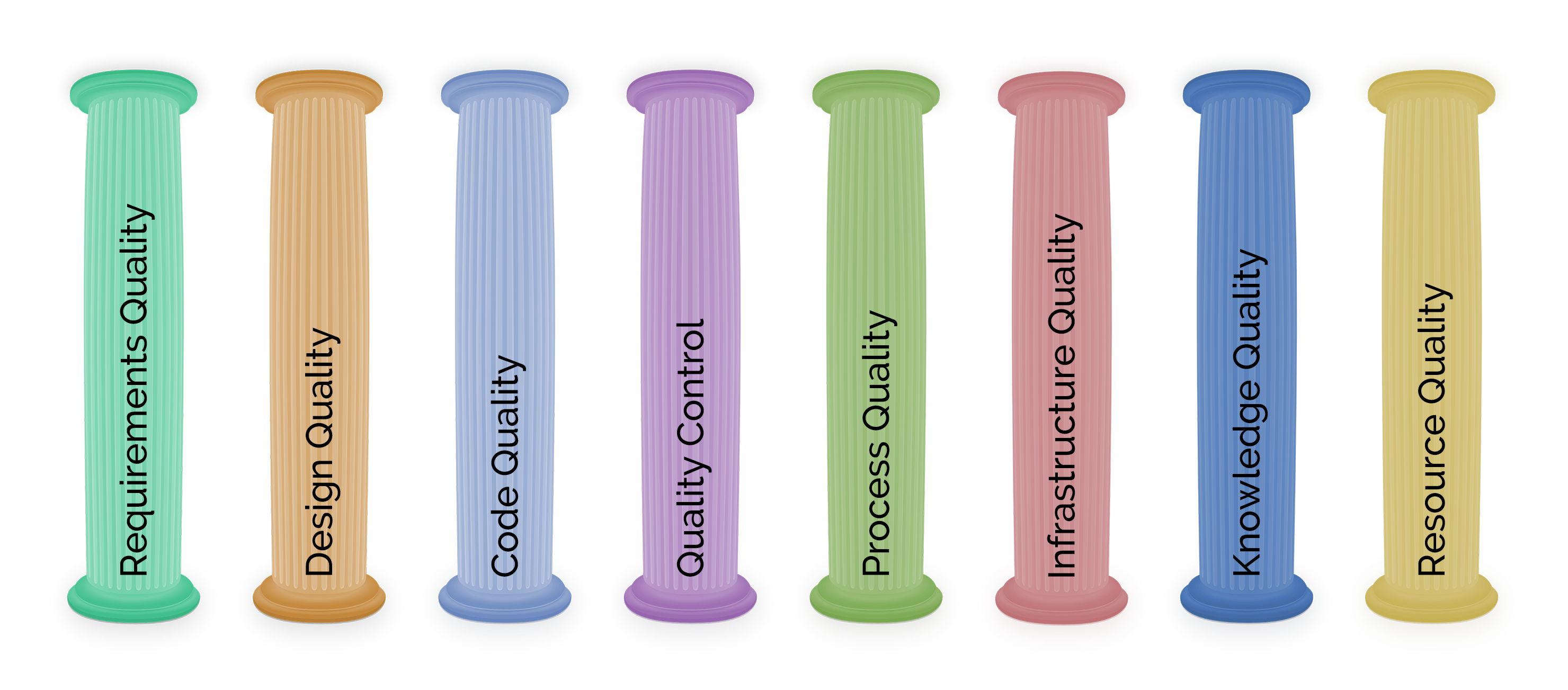The SQA2 Blog: Advice Center, General
Allegations against Manual Software Testing
The most common allegation against manual software testing is that it is complicated, time-consuming, costly, difficult to manage and not repetitive. Some business owners also claim to have difficulties during training of employees and manual testing lacking scale-ability. Among them, some are partially true! They are potential pitfalls for manual testing. However, effectively overcome the allegations by expertise, planned test execution and effective management skills.
Manual Testing Best Practices
Here are some “Best Practices” to help you design an effective manual testing approach.
Detailed Test Design
No matter if it is functional testing, regression testing or anything else, a detailed and thorough test design is essential. Before you launch manual testing, it is essential that the QA professionals, developers, and testers prepare a detailed test design. This assures rigorous testing of the application.
Adding Priority
“Adding priority” plays a significant role in software quality assurance. Simply finding bugs, generating reports and documentation is not enough. Adding priority to the bugs is also necessary. Simple text labels like “High,” “Medium,” “Low,” or something similar provides priority. Tables or infographics provide a more visual representation of priority. The primary goal of setting up priorities is: rank the test cases (red – critical, blue – high priority, yellow – moderate and so on) based on their importance, critical aspects, risk, and the user interaction frequency. Developers can focus on fixing critical bugs as soon as possible.
Detailed Documentation
In both cases – automated testing and manual testing — detailed documentation plays a vital role. It ensures the reproduction of testing scenarios and also helps other developers and testers expand on the test cases. The main goal of documentation is the documentation of every test case (within reason) without delaying the testing schedule. The testers write each test case, including the results/feedback. Included are details like reproducing the issues after executing each test. By following a standard process, the testers gradually reduce the documentation time. Manual testing is a normal part of the testing process at that point.
Separating Automated Testing and Manual Testing Areas
Manual testing is costly because of the manpower and hours involved. Whereas automated testing is cost effective due to automation tools. That is why defining the manual and automated testing areas is crucial. Eliminating the automated testing areas from manual testing responsibilities saves manpower and of course, money!
Creating Accountability
Many companies adequately fund software quality assurance but do not get the desired results. Lack of accountability is one of the main reasons. Defining manual testing approaches to cover expectations and outcomes help produce accountability. The project owner can then calculate ROI (Return on Investment) at the end of each iteration (or day)!
Dramatically changing software quality assurance scenarios forces QA professionals to adopt the newest technologies as soon as they can. Implementing manual software testing best practices provides the foundation for adding new technologies to the process. Additionally, the “sense of ownership” of the QA professionals as they conduct manual testing and incorporate new technologies adds value to the overall software quality assurance process.

